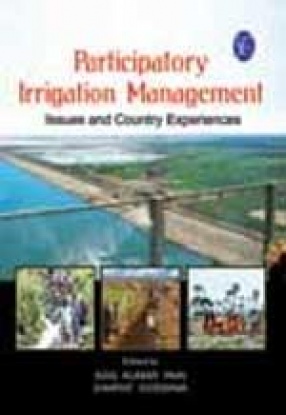
Asis Kumar Pain

Showing all 21 books
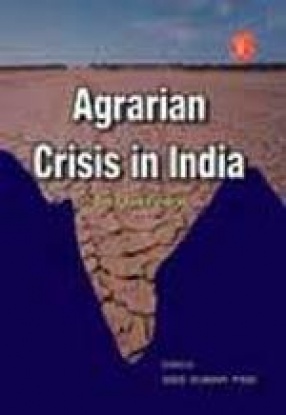


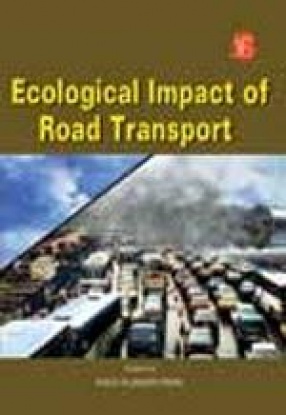


Health economics focuses on the efficiency (maximizing possible outputs from given inputs) and effectiveness (benefit from treatment or care) of resource allocation in the provisioning of health services infrastructure to meet health needs of individuals and society. Embodied in its domain is health care, which is multi-dimensional in character having such elements as public good with externalities, social merit want, private consumption good, human capital good, ...
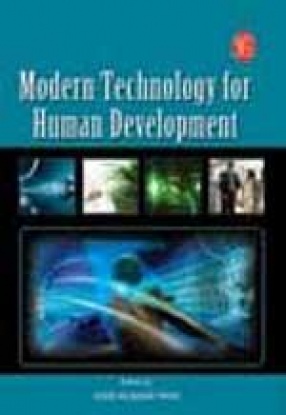
It is a well-established fact that technology creation and usage can lead to improvement in the living standard of people. Moreover, availability and usage of advanced technology is most necessary for developing countries. If the needs of poor people are neglected, new global risks will emerge. If these are managed well, the rewards could be greater than the risks. People all over the world have high hopes that new technologies could be a panacea for the risks by ...

While the world is nearly unanimous about the adverse effect of climate change, there is difference of opinion between the developing and developed countries about their causes and mitigation policies. Most of the increased human activities are concentrated mainly in the high income industrialized countries of the world. Such a finding is evident from the fact of the per-capita carbon dioxide emission from the consumption and flaring of fossil fuel. Such mercuric ...

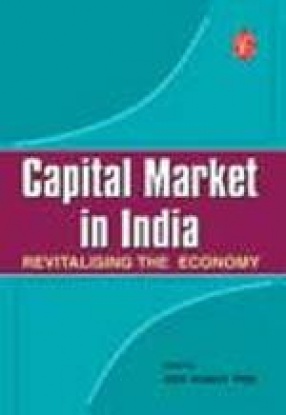
The recent policies of liberalization and globalization have paved the way for growth of every country, particularly for the market economies and also for the developing ones. In fact, countries like India have responded well, which is clearly visible through the significant growth of Indian economy. In this global scenario, financial market, particularly capital market plays a vital role, more so, for the Indian economy. After reform, capital market has ...

After the "lost decade" of the 1980s, the 1990s were a distinct improvement for Latin America with the continent embracing the structural reform process. GDP growth rose as high as 4 percent in 1997 prior to the outbreak of the crisis in Asia and in the emerging markets. On a country basis, 17 countries were found to have raised their average annual growth rate in the 1990s (average per capita income in the region grew 1.5 percent per annum in the ...

This book is an attempt to capture the future impact and implications of the recent oil price increase. The recent scenario of rising oil prices is explained in terms of huge demand for oil, particularly in order to raise the strategic oil reserves by China and US. But the supply of oil has increased substantially as well; hence the rise in prices cannot be explained in terms of 'supply-demand' mismatch only. The random fluctuations of oil price are mainly ...

An efficient financial system is one of the foundations for building sustained economic growth and an open, contestable economic system. In its best efforts, finance works quietly at the background, but when things go wrong, financial failures are painfully visible. For an economy to attain sustainable growth in the long run, financial sector development is crucial and indispensable. The financial sector traditionally comprises banks, non-bank financial ...

Agriculture has been one of the most prominent sectors in the Indian economy. It accounted for 18.6 percent of the GDP in 2005 and employed 60 percent of the country s population. About 43 percent of India s geographical area is used for agricultural activity. Of late, there has, however, been a steady decline of its share in the GDP, despite its playing a significant role still in the overall socio-economic development of India. Looking at the reasons for this ...

A demographic survey had estimated that in the year 2000 about half the human population would become urban citizens, most of them living in rapidly growing cities of Africa, Asia and Latin America and in abject poverty. The point of concern is that most of these people would lead very poor lives, worse than the rural poor. This problem can be addressed by attaining the highest possible level of health by strengthening the urban health systems and developing ...

This book provides a glimpse of the Indian stock market scenario from the past to the present. Over the years Indian stock market has undergone a massive transformation. Earlier, the regulations of financial markets were not very effective and disclosure norms set by the companies were inadequate. But with the creation of SEBI, governmental intervention and the formation of various financial committees, the Indian stock market attained the height of confidence ...

Saving is considered a vital element in the development process by stepping up the process of capital formation as assets accumulated through saving are commonly used to finance further consumption or investment. Again, total savings in an economy comprises domestic, corporate, foreign and contractual and household. Of these, the importance of household savings is undeniable on account of its rising influence in shaping the aggregate savings in an economy. Again, ...

Intergovernmental Panel on Climate Change (IPCC) predicted that over the next 100 years, the earth s average temperature is expected to increase by 1.4-5.8°C, the fastest rate of warming in the last 10,000 years. This means that global warming is accelerating at an alarming rate. This rapid change in the earth s climatic condition has become a real threat to the living world and certain plant and animal species have already started off for absolute extinction. ...

Movement of people has been an essential ingredient of economic development of the world. With liberalization sweeping countries, labor-abundant countries are sending more and more skilled workers to labor-short economies. Hence, the impact of such movement both for the home and the host countries necessitates detailed examination. This volume fills that gap through relevant articles in a synchronized format. The issues dealt with range from the trends and ...

Ecology and economy have long been linked with each other. At the same time, economic development and ecology are somehow inversely related. It is because technological developments create pressure for environment and, in turn, destroy ecology. Economic growth and development comes through the development in agricultural sector, industrial sector and through development in the tertiary sector. But to effectuate such development process, the role of transportation ...

Economic history demonstrates clearly that stability is an essential platform for achieving high and sustainable levels of growth and employment. However, economic instability imposes significant costs on the economy and society. To lessen it, setting of an appropriate macroeconomic policy, is essential as a stabilizing force. The powerful influence of the Government borrowing and interest rates on the economy, however, can be destabilizing, if not managed ...
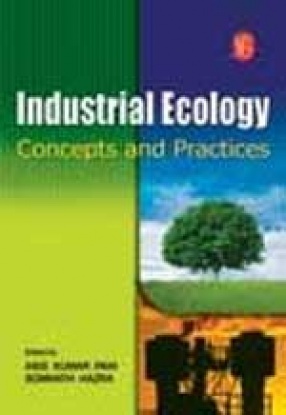
Over the past decade, a new approach to environmental analysis has developed. Industrial ecology focuses on reducing the environmental impacts arising from the production process of goods and services, and on process innovations that can significantly improve environmental performance. It is through industrial ecology that the entire lifecycle of products and services, drawing on and extending a variety of related approaches, including systems analysis, material ...

Currently, the share of women in the world's international migrant population is almost half. Women migration is in line with gender-specific labour demand in the countries of destination. With laws regarding admission of migrant workers being generally gender neutral, the demand for domestic workers, nurses and entertainers entailed migration of women. Thus, female labour supply is the culmination of gender norms and stereotypes that entice women to certain ...

Banking reforms have played an important role in China’s overall effort to transform a centrally planned economy into a market-based economy since 1978. Although the banking sector has undergone remarkable changes over the period, deep-seated structural problems of asset quality, capital adequacy and profitability continue to pose a challenge to the sector. China quickened the pace of reform in 1998 and seems to be aware of two lessons that can be drawn from ...
